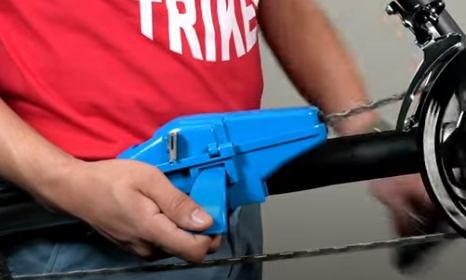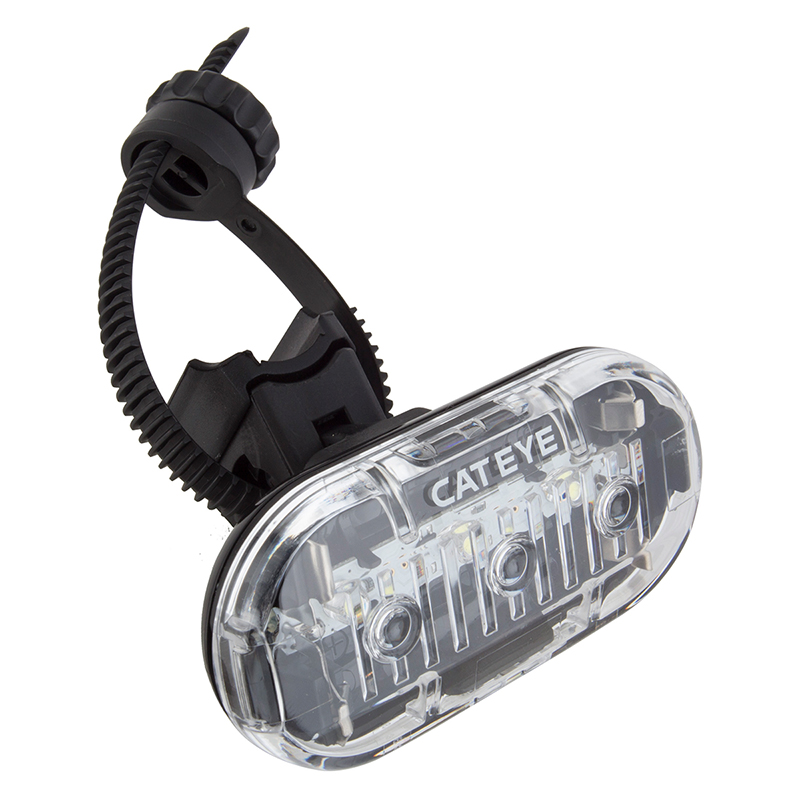

Jump Into Spring with These Riding Tips!
Published on 03/28/2024
Spring has finally sprung after a long winter in Utah! With Spring comes a brand new riding season. To celebrate we’re sharing some tips to help to prepare your trike for all the riding you'll be doing. In this article we'll cover basic maintenance and tips to make sure that you and your trike are ready to ride.
Spring Riding Tips
Tip #1: Inspect Your Trike
The first step by making sure that your trike is ready for Spring riding is to do an inspection. Start by giving your trike a thorough inspection to make sure that all parts are in working order. Check the frame, wheels, tires, brakes, drivetrain, and any accessories for signs of wear, damage, or rust. Make sure to do any maintenance that is needed so you can be safe on your ride. Doing basic maintenance now can help to prevent bigger issues down the road.
As you survey your wheels, be on the lookout for dry rot or cracking. Dry rot will reveal itself as little crumbly cracks or stretch marks on the sides of the tires or around the tread area. If you find this on your trike it means your tires have gone brittle and you should replace them before riding. Tires affected by dry rot are prone to sudden blow outs.

Next up check your chain for any rust. If your chain or chain ring has gotten rusted while in storage this can affect your trikes riding ability if not just making it unable to ride at all. Rust can fuse your chain links together so they don't bend like they should. Even if they still rotate like normal rust can make your chain more brittle and prone to breakage.
The solution to a rusted chain depends on how rusted the chain is. If it's just a light surface level rust it can easily be brushed and cleaned off then re lubricated to be good as new, but if the rust is a bigger more than surface level problem the safer option is to simply replace it with a new one.
Check the rest of the trike for rust as well or other broken parts like on the frame, drivetrain and brakes. A little rust in places like the frame won't be an issue unless they are fairly large to cause strength issues.
Tip #2: Clean Your Trike
Clean your trike of any dust or debris that may have gathered while your trike was in storage. Wipe down the frame, seat, and wheels and dry thoroughly to prevent rust. Next you’ll want to clean your chain.

Cleaning your chain is a simple process. You’ll need some form of chain degreaser, a cleaning tool or a rag. If you’re using a cleaning tool you’ll want to fill the bottom of the tool with your degreaser. After, you will clamp it onto the chain and turn the crank arm manually as you hold the tool on the chain. The tool will clean the chain for you. After you clean all of the chain you will run the chain loosely through a clean rag to take off extra degreaser.
If you do not have a chain tool this can all be done with a clean rag. First you’ll want to spray the degreaser on your rag, then you'll run the chain through the clean rag. After this is done you’ll dry it with a clean rag.
Cleaning removes all of the lubrication needed for your chain to move smoothly, you will need to replace it with your choice of chain lubricant or chain wax. You will take your lubricant and squeeze the bottle into the middle of the chain as you rotate the crank. After you’ve covered the chain, wipe off any excess lubricant.
Tip #3: Check Tire Pressure

You’ll want to check the tire pressure on your trike and make sure that it’s inflated to the recommended level on the sidewall of the tire. Most normal sized road tires like on our Catrike's have a recommended pressure of 50-70PSI.
Having the correct tire pressure can help you to have the best performance and reduce the risk of flats. Inspect the tires for any signs of wear or damage, and replace them if necessary. If you have any questions on how to check tire pressure or how to change tires check out our video on the topic here.
We usually fill them up to an even 60 in the middle but going near 50 will give you more traction and drag where as close to 70 will give you less traction but more speed on the road.
Tip #4: Inspect Lights and Accessories

Test your lights to make sure they’re working properly. Replace bulbs and batteries as needed. Clean them as needed to make sure you get max visibility. Going to use your lights and them either not turning on or not being as bright as they should be is the worst feeling. Clean working lights can make sure that you remain safe while riding your trike.
Check accessories that you use on your trike such as racks and fenders. Make sure that they are securely attached and working properly, replace any overly work or damaged accessories to make sure they’re safe and reliable on your ride.
Tip #5: Get out and Ride
Now that your trike is in tip top shape you’re ready to get out and ride! It’s always fun to see if there's any riding groups in your area and to plan rides in fun areas! If you live in Utah County we have a list of some of our favorite trails in the area.
We hope this article helped you get your trike ready to ride. Be sure to share this article with your friends to help them be ready to ride this Spring. Comment down below if you have any additional riding tips and if you're excited to get out riding this season.




